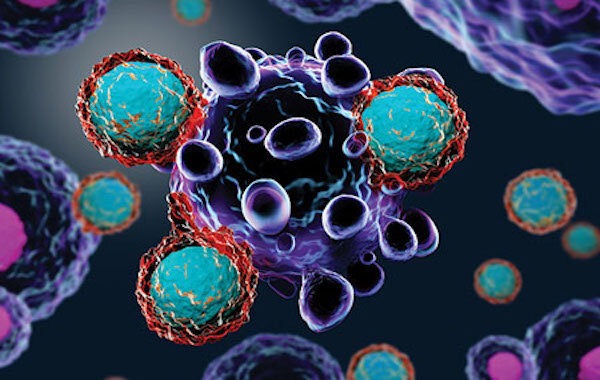
Cancer is a word that strikes fear into the hearts of many. It’s a disease that affects millions of people worldwide, and despite significant progress in cancer treatment, it remains one of the significant causes of death globally. However, in recent years, remarkable innovations in radiation therapy have given cancer patients renewed hope. From image-guided radiation therapy to stereotactic body radiation therapy, these cutting-edge technologies are revolutionising cancer treatment, making it more precise, efficient, and effective.
Here are some of the exciting innovations in radiation therapy that are changing the way one fights cancer.
Image-guided radiation therapy (IGRT)
Image-guided radiation therapy (IGRT) is a new form that uses imaging technology to guide radiation delivery to the tumour site. IGRT allows doctors to see the tumour and surrounding healthy tissue in real-time, ensuring that the radiation is delivered precisely to the tumour site while minimising damage to healthy tissue. This technology also allows doctors to adjust the radiation dosage and delivery in real-time based on changes in the tumour’s position and size during treatment. To determine the best treatment plan for your specific needs, it’s important to consult with an experienced oncologist who can provide further information about radiation therapy.
Intensity-modulated radiation therapy (IMRT)
IMRT is a form of radiation therapy that concentrates on targeting the tumour with high levels of radiation while limiting the exposure of healthy tissue to this radiation. IMRT uses multiple beams of radiation that can be adjusted in intensity and direction, allowing doctors to shape the radiation dose to the tumour’s exact size and shape. This precision ensures that the tumour receives the maximum radiation dose while sparing healthy tissue. IMRT is particularly useful in treating tumours that are close to critical organs or structures.
Flash Radiotherapy
Flash radiotherapy is a new type of radiation therapy that delivers an ultra-high radiation dose to the tumour in a fraction of a second. This innovative technology has shown promising results in preclinical studies, demonstrating the potential to effectively treat tumours while minimising damage to healthy tissue. Flash radiotherapy is currently being tested in clinical trials, and early results suggest that it could be a game-changer in cancer treatment.
Stereotactic body radiation therapy (SBRT)
Stereotactic body radiation therapy is a form of radiation therapy that targets the tumour with high doses of radiation over a brief time. SBRT is particularly useful in treating small, well-defined tumours and metastases in various parts of the body. The precision of SBRT ensures that the tumour receives a high dose of radiation while minimising exposure to healthy tissue. SBRT has been shown to be effective in treating tumours in the lungs, liver, spine, and pancreas.
Brachytherapy
It is a form of radiation therapy that administers radiation directly to the location of the tumour. Brachytherapy involves placing radioactive sources inside or next to the tumour, delivering a high dose of radiation to the tumour while minimising exposure to healthy tissue. Brachytherapy is particularly useful in treating prostate, cervical, and breast cancer. This technology is effective in treating localised tumours, reducing the risk of side effects, and improving outcomes.
Radiosurgery
Radiosurgery is a non-invasive, outpatient treatment that delivers high doses of radiation to the tumour over a short period. Radiosurgery is particularly useful in treating brain tumours, metastases, and other types of cancer that are difficult to treat with traditional radiation therapy. The precision of radiosurgery ensures that the tumour receives a high dose of radiation while minimising exposure to healthy tissue. Radiosurgery is effective in treating tumours in the brain, spine, lungs, and liver.
In conclusion, the advancements in radiation therapy have transformed cancer treatment, providing doctors with new tools to fight cancer while minimising side effects and improving outcomes. With continued research and innovation, radiation therapy will undoubtedly play a significant role in the fight against cancer for years to come.

Aimee Garcia is a Marketing Consultant and Technical Writer at DailyTechTime. She has 5+ years of experience in Digital Marketing. She has worked with different IT companies.

